-
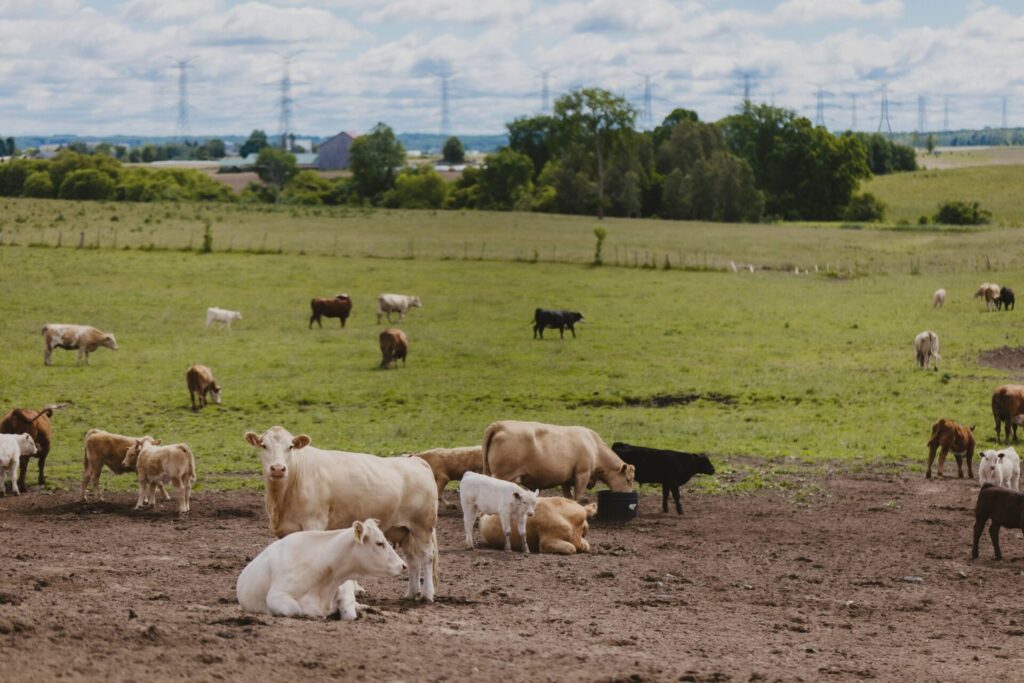
May 28, 2025Results Are In--Science to Inform Good Stewardship, from AMR to Grazing to Sanitation Recent research results covering antibiotic stewardship, food...
Keep Reading -
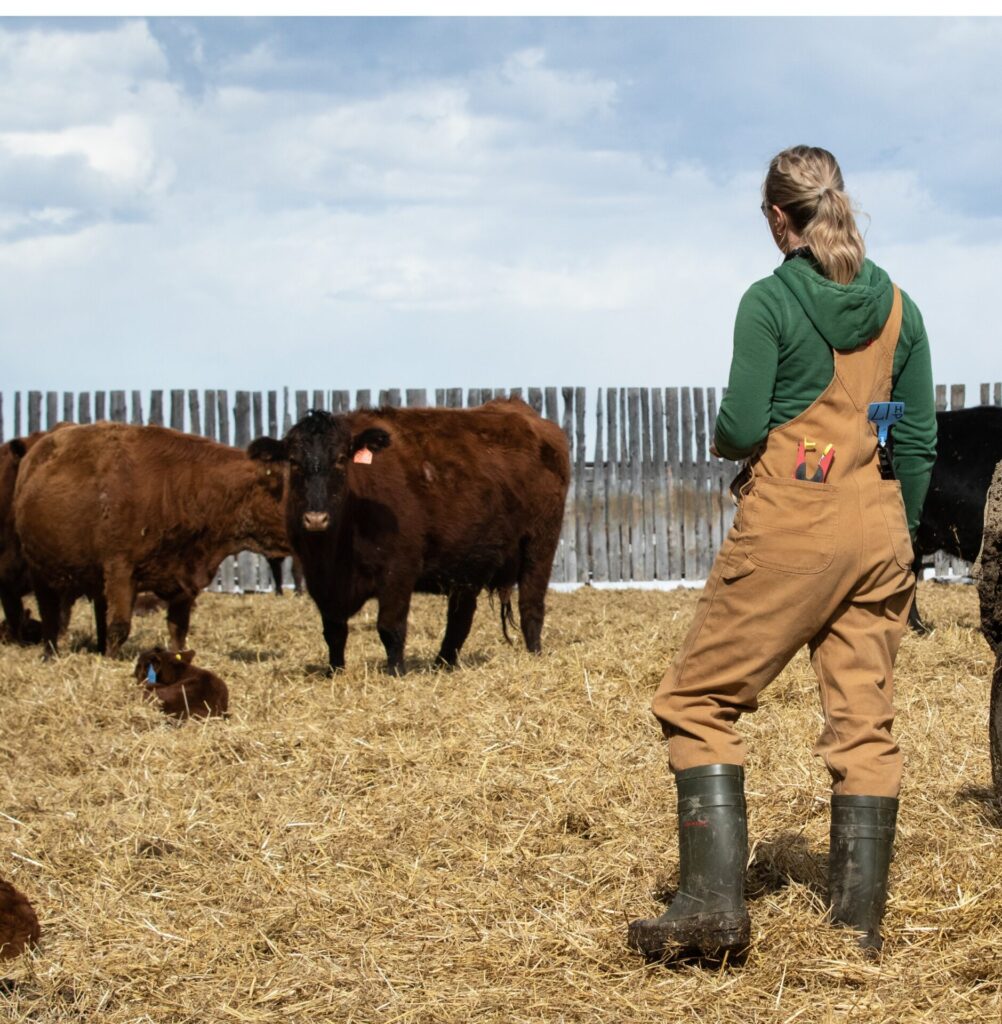
February 18, 2025Responsible Antibiotic Use on Canadian Cow-Calf Operations 🎙️ How has the requirement of a veterinary-client-patient relationship (VCPR) impacted...
Keep Reading -
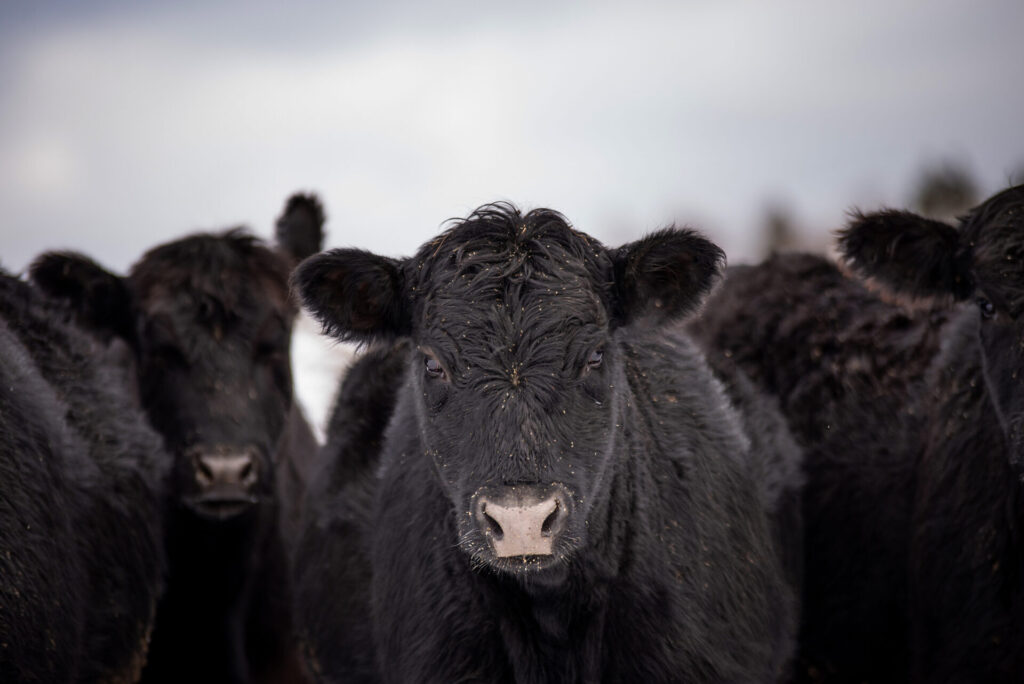
February 11, 2025The BCRC Announces $1.43 Million for Nine Priority Research Projects The BCRC's producer council has selected nine new beef research projects to be...
Keep Reading -
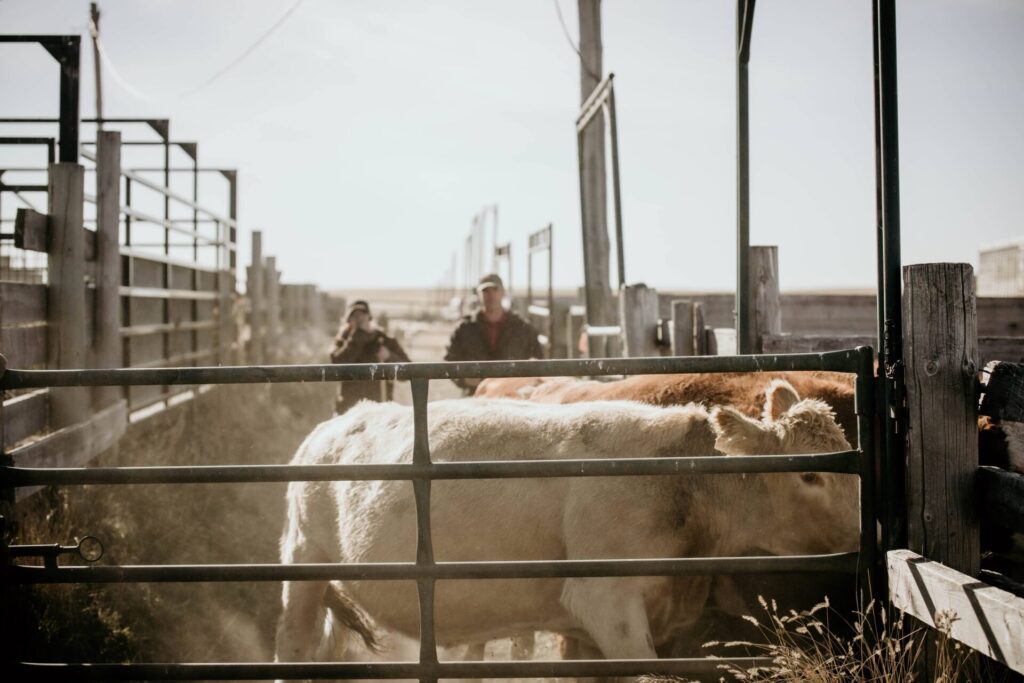
October 31, 2024Results Are In--The Importance of Prevention, Surveillance and Good Treatment Practices Summarized results of recent beef and forage research projects...
Keep Reading -
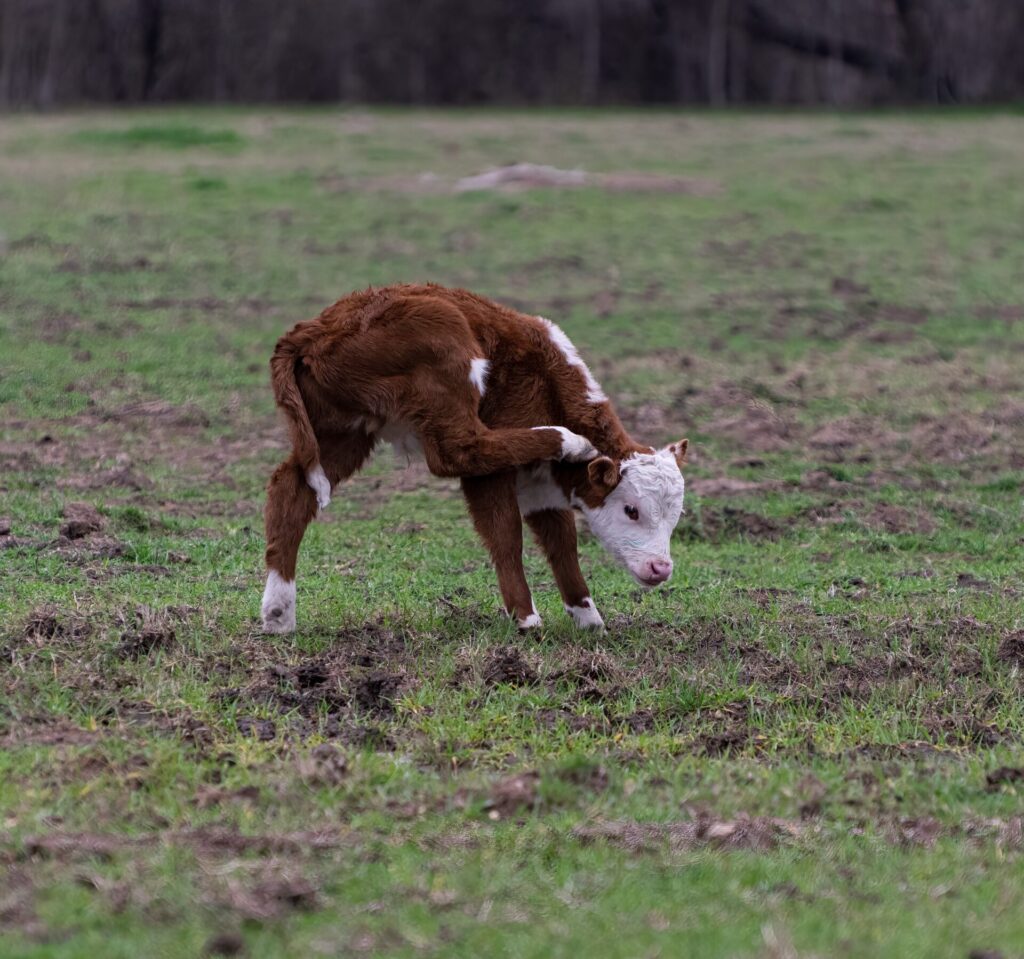
May 14, 2024Where There Are Cattle, There Are Parasites: Nine Tips for Managing Parasites in Your Herd 🎙️ Effective parasite management in beef cattle is a...
Keep Reading -
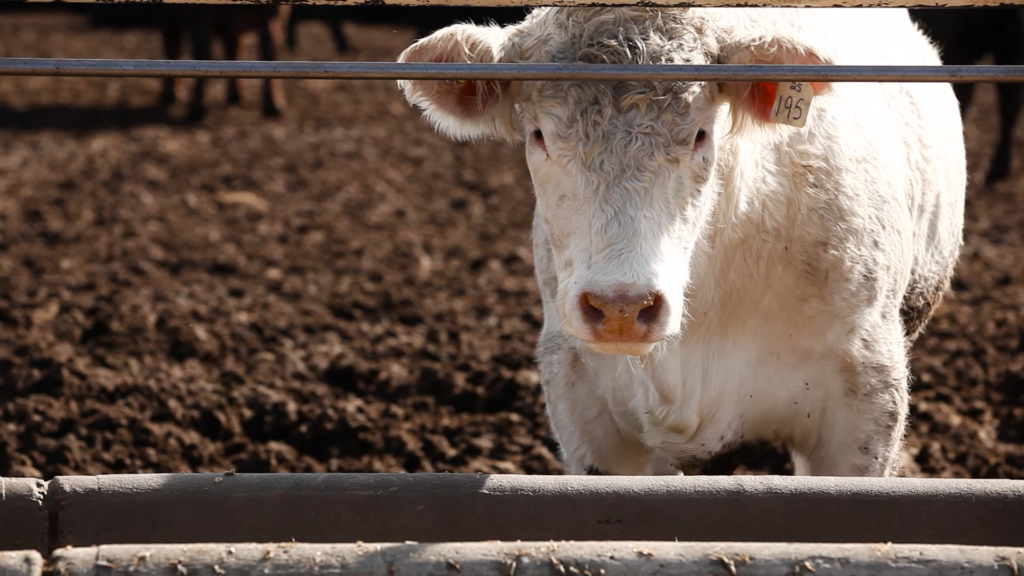
April 25, 2024The Results Are In on Beef Cattle Research Projects Recent beef research results on ergot, antimicrobial resistance, vitamin A supplementation and...
Keep Reading -
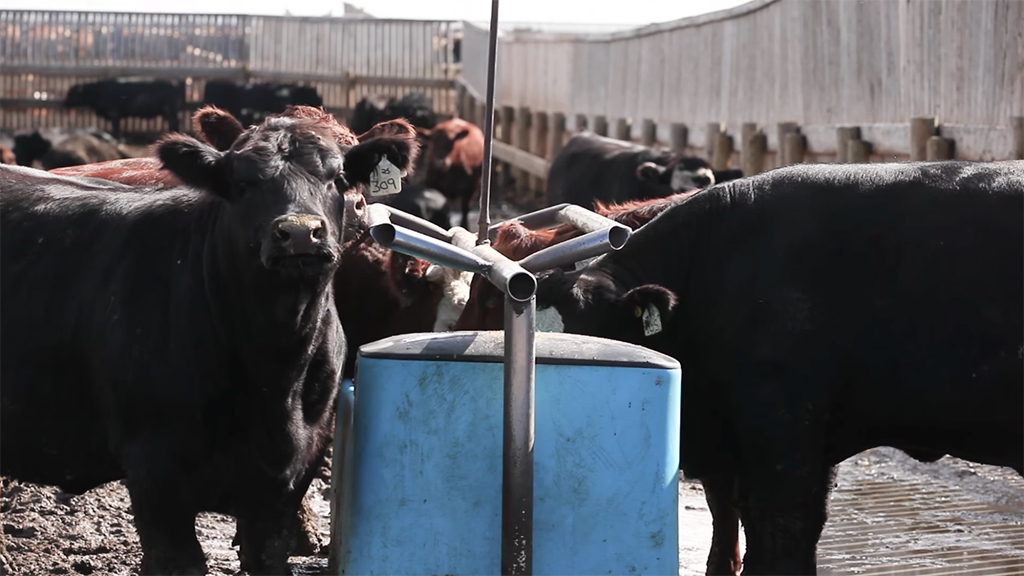
December 19, 2023Fast Action at the Watering Hole🎙️ Bovine respiratory disease can spread among cattle at feedlot water bowls, but they also may be a place to...
Keep Reading -
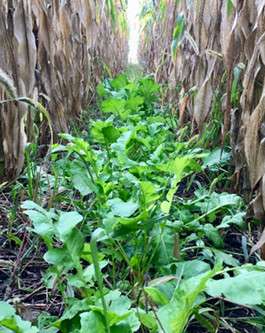
October 8, 2021Is This a Good Investment? This article written by Dr. Reynold Bergen, BCRC Science Director, originally appeared in a September 2021 issue of...
Keep Reading -
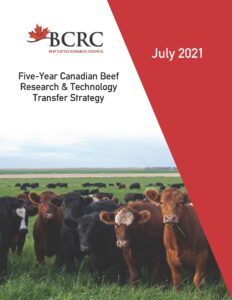
July 5, 2021Renewed Research and Extension Objectives Support a Thriving Beef Sector Strategic and collaborative investments in research...
Keep Reading -
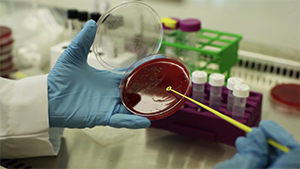
November 19, 2020Do Cattle Bacteria Contribute to Antibiotic Resistance in Human Medicine? This article written by Dr. Reynold Bergen, BCRC Science Director,...
Keep Reading -
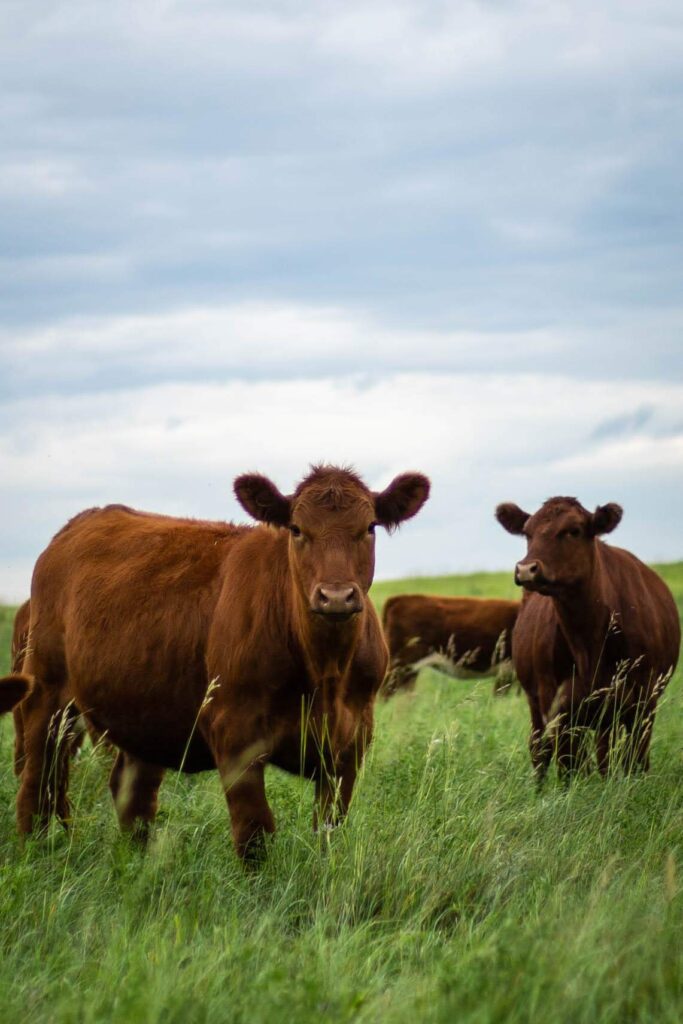
September 17, 2019On-Farm Antimicrobial Surveillance Moves a Step Closer This article written by Dr. Reynold Bergen, BCRC Science Director, originally appeared in the...
Keep Reading -
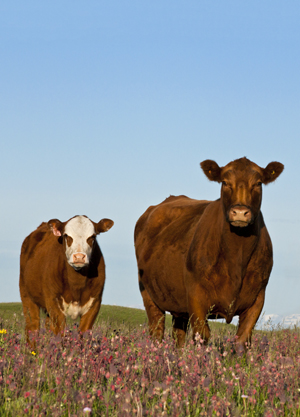
December 19, 2018Does Antibiotic Resistance Move Through the Environment? This article written by Dr. Reynold Bergen, BCRC Science Director, originally appeared in the...
Keep Reading -
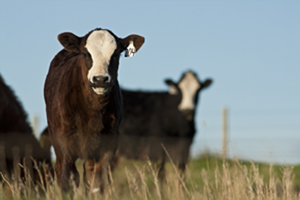
October 22, 2018Q&A on Conventional Production of Canadian Beef Do growth promoting, antimicrobial or other veterinary drugs affect the food safety of Canadian...
Keep Reading -
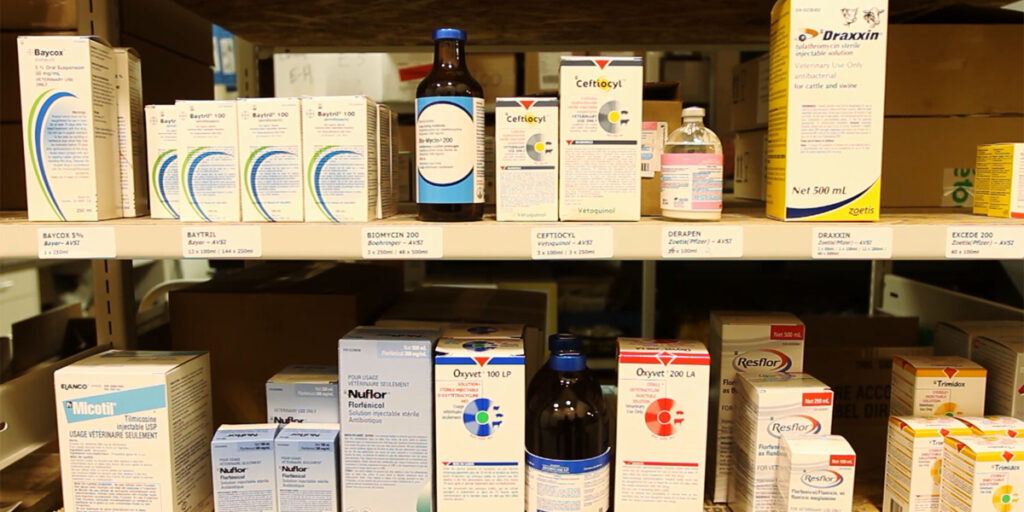
September 10, 2018This December you'll need a prescription to buy virtually any livestock antibiotic Editors note: This post was originally published February 1, 2018....
Keep Reading -

February 1, 2018This December, you’ll need a prescription to buy virtually any livestock antibiotic Note: Updated version published here September 10, 2018. If...
Keep Reading -
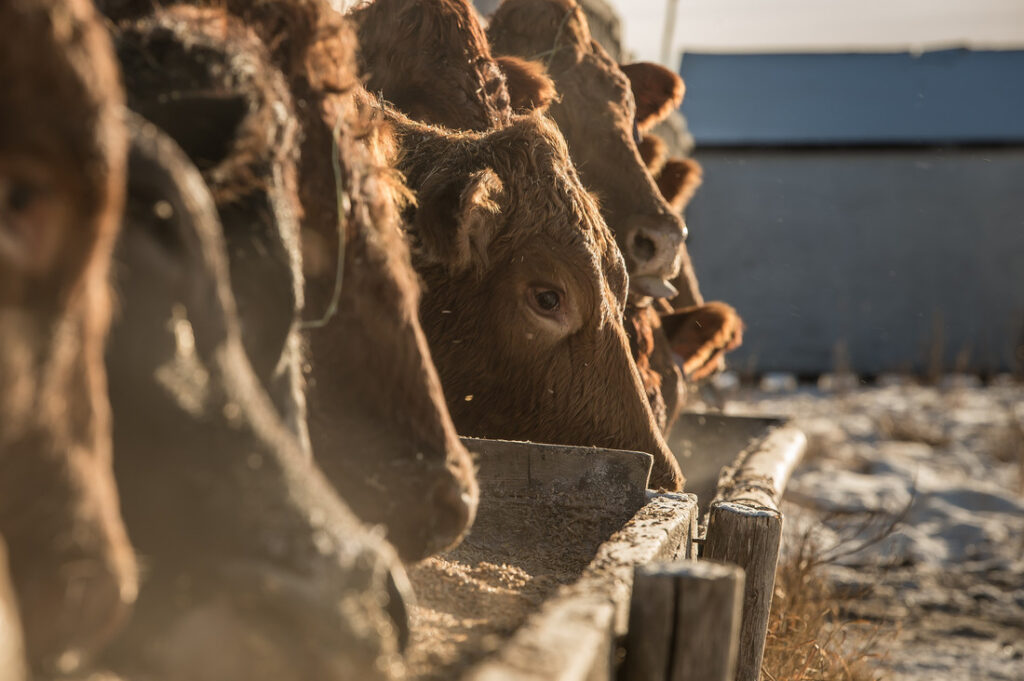
November 1, 2016Antibiotic Alternatives This article written by Dr. Reynold Bergen, BCRC Science Director, originally appeared in the October 2016 issue of...
Keep Reading -
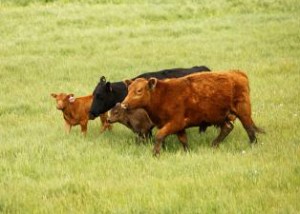
June 16, 2016Bov-Innovation: Putting Theory into Practice This article written by Dr. Reynold Bergen, BCRC Science Director, originally appeared in the June 2016...
Keep Reading -
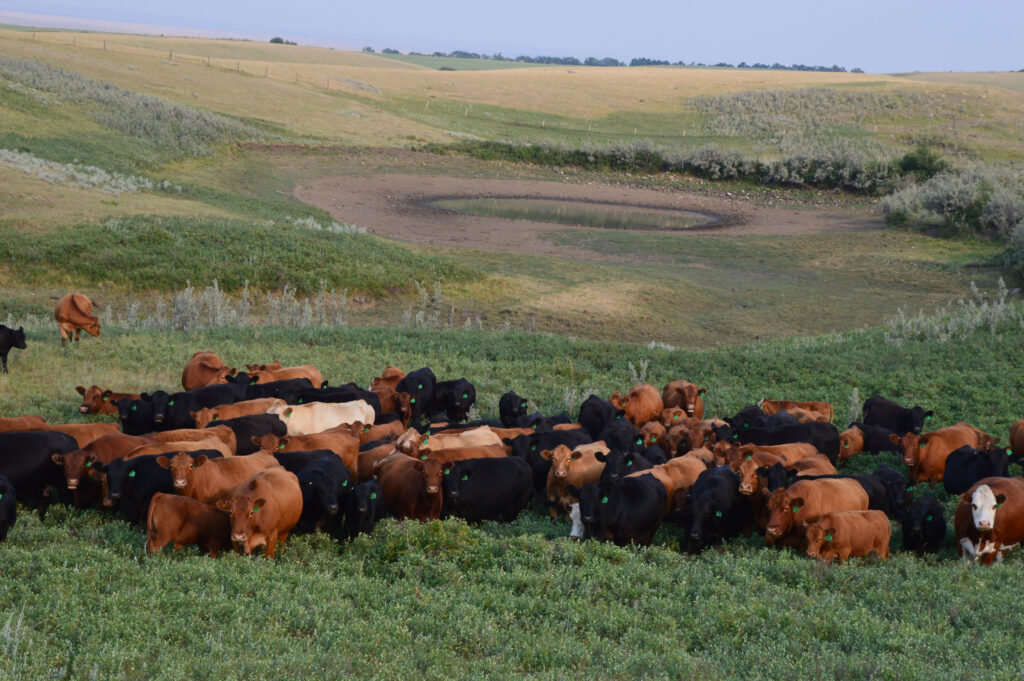
May 9, 2016National Beef Antimicrobial Research Strategy developed to drive solutions News ReleaseMay 9, 2016 Calgary, AB – As concerns grow about the...
Keep Reading -
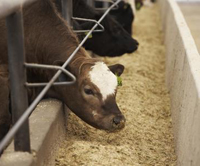
February 8, 2016Antimicrobial Use and Resistance in Beef Cattle: What Producers Need to Know; Webinar March 2 Update: Missed the webinar? Find the recording and check...
Keep Reading -
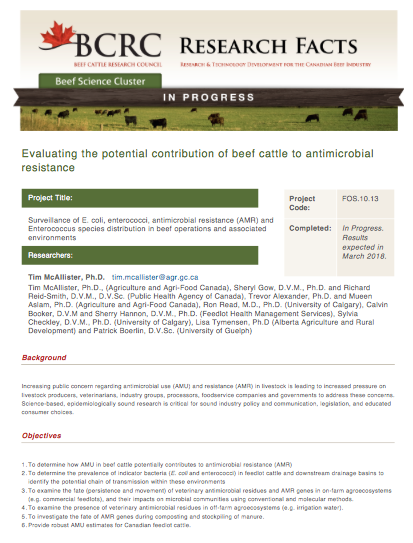
October 26, 2015Evaluating the Potential Contribution of Beef Cattle to Antimicrobial Resistance Increasing public concern regarding antimicrobial use (AMU) and...
Keep Reading -
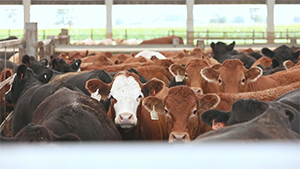
October 15, 2015Conjugal Visits This article written by Dr. Reynold Bergen, BCRC Science Director, originally appeared in the October 2015 issue of Canadian...
Keep Reading -
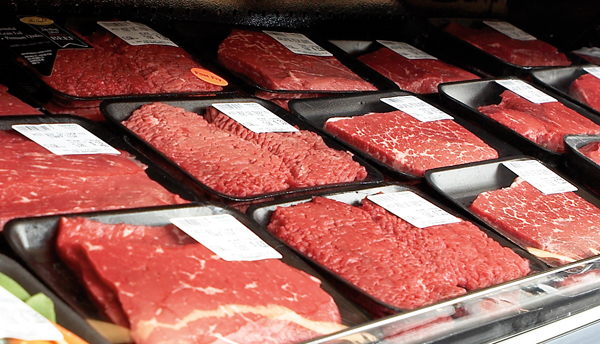
August 28, 2015Consumer MisReports Consumer Reports Food Safety and Sustainability Center released its “Beef Report” on August 25. A number of questions,...
Keep Reading -
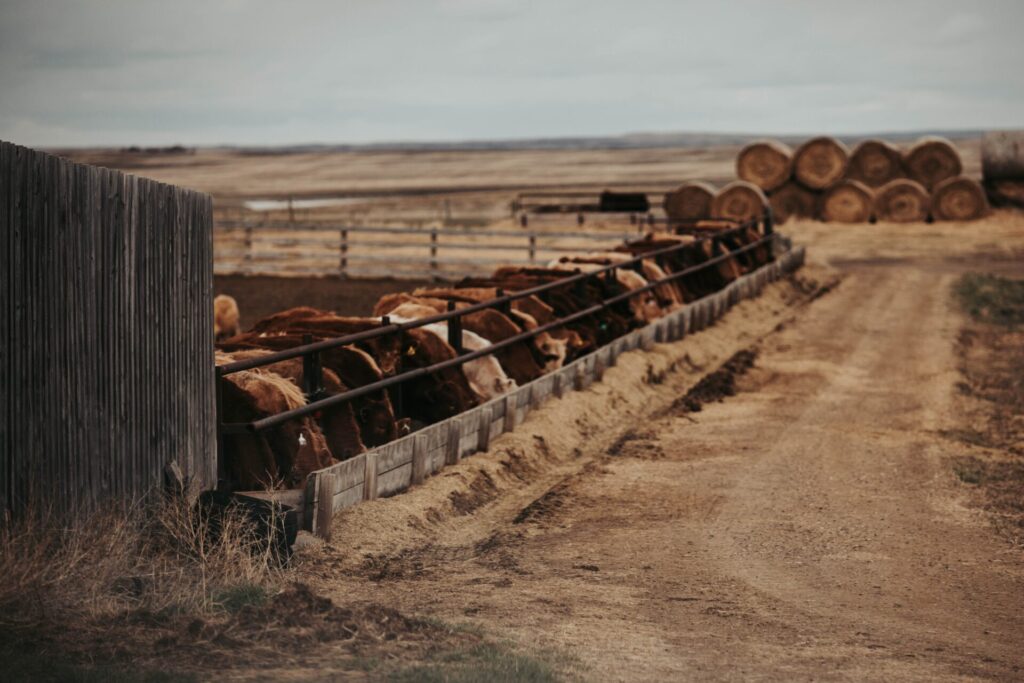
June 22, 2015Are Ionophores a Risk for Antimicrobial Resistance? This article written by Dr. Reynold Bergen, BCRC Science Director, originally appeared in the June...
Keep Reading -
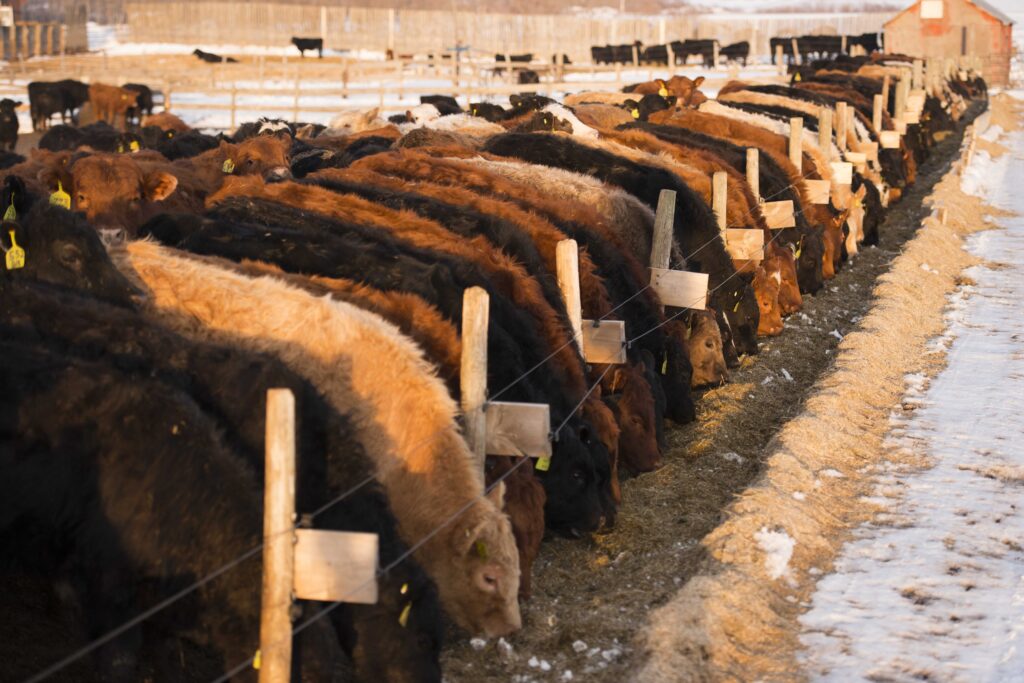
May 22, 2015Do Antimicrobial Growth Promoters Really Improve Performance, or Just Improve Health? This article written by Dr. Reynold Bergen, BCRC Science...
Keep Reading -
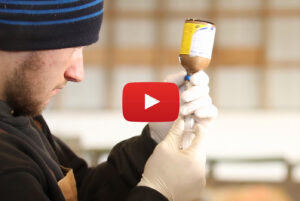
March 19, 2015New video: What Beef Producers Need to Know About Antimicrobial Use and Resistance There's no avoiding the topics of antimicrobial use (AMU) and...
Keep Reading -

June 25, 2014Antimicrobial Resistance: Global Report on Surveillance This article written by Dr. Reynold Bergen, BCRC Science Director, originally appeared in the...
Keep Reading -

November 28, 2013Trends in Consumer Perceptions About Beef This Country Called Agriculture, a television show focused on agribusiness topics in Canada, recently aired...
Keep Reading -
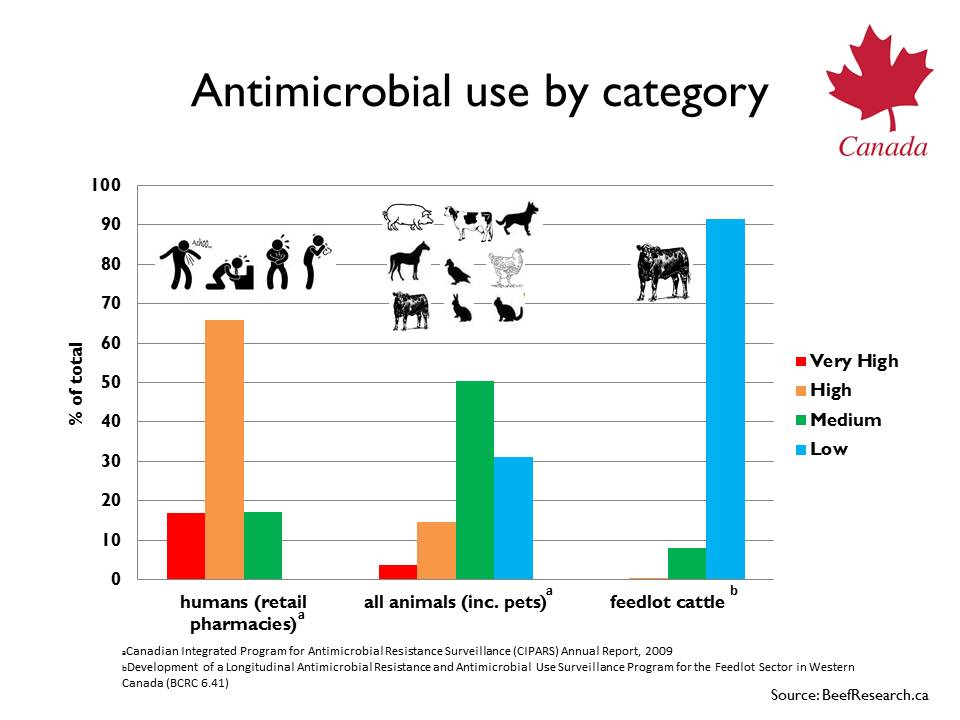
November 14, 2013Denmark Shows Impact of Banning Growth Promoting Antimicrobial Use in Cattle Antimicrobial resistance has become a highly charged issue. ...
Keep Reading -
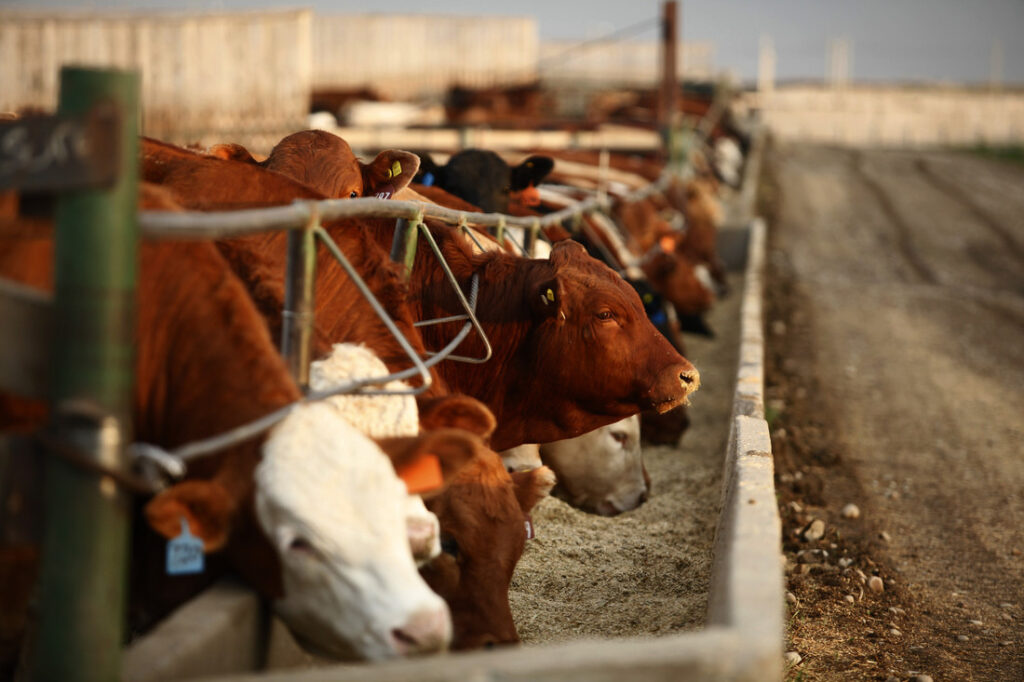
September 26, 2013Q&A on Conventional Production of Canadian Beef Updated with additional links July 4, 2018 Do growth promoting, antimicrobial or other veterinary...
Keep Reading -

April 29, 2013Mythematics: Distorting Data for Shock Value This is a guest post written by Karin Schmid, Beef Production Specialist with the Alberta Beef Producers,...
Keep Reading -
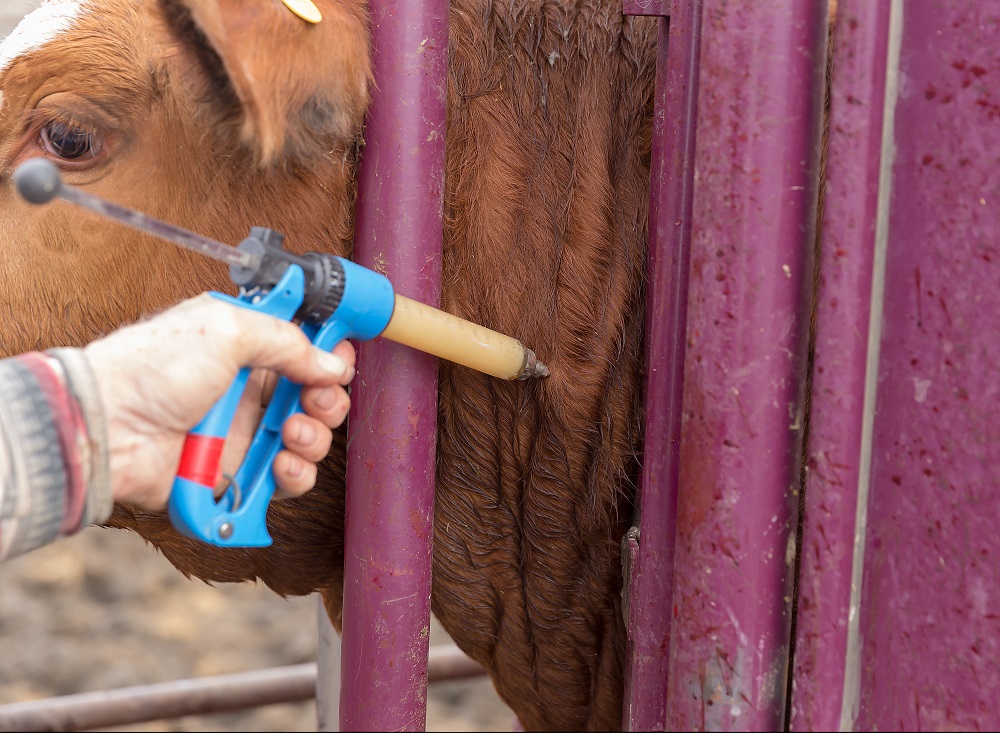
April 19, 2013Part 3 of Three-Part Video Series on Antimicrobial Resistance Adding to the discussion on antimicrobial resistance (AMR), the latest episode of the...
Keep Reading -
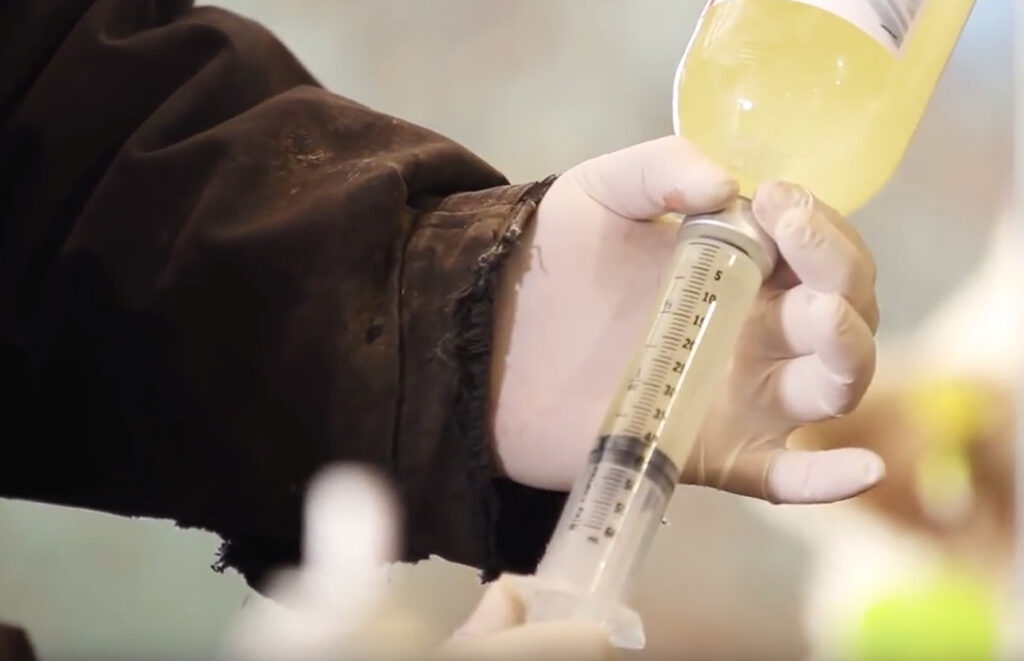
April 4, 2013Part 2 of Three-Part Video Series on Antimicrobial Resistance Delving deeper into the discussion on antimicrobial resistance (AMR), this episode of...
Keep Reading -

March 28, 2013Part 1 of Three-Part Video Series on Antimicrobial Resistance Antimicrobial use and resistance have received considerable negative, inaccurate...
Keep Reading -
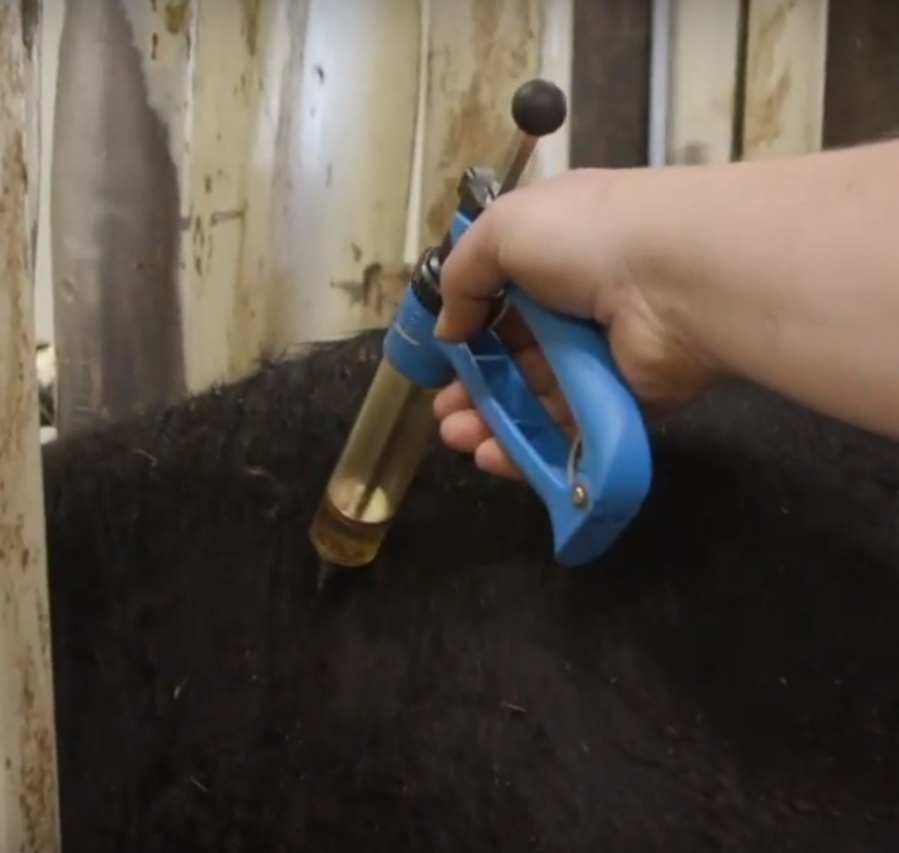
March 25, 2013Antimicrobial Resistance: Does Canadian Beef Production Contribute? In March 2013, a policy paper was released by the Ontario Medical Association on...
Keep Reading -
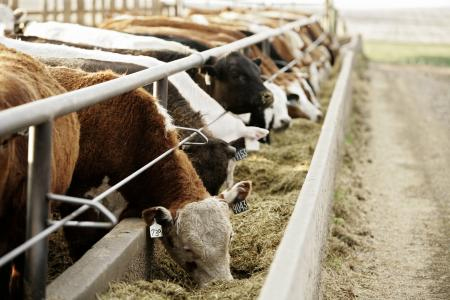
January 14, 2013Explaining Growth Promotants Used in Feedlot Cattle Feed efficiency in cattle can make or break profitability in the feeding sector, and has...
Keep Reading -

November 5, 2012Latest Results from Antimicrobial Resistance Surveillance The Public Health Agency of Canada has completed its most recent report on the Canadian...
Keep Reading